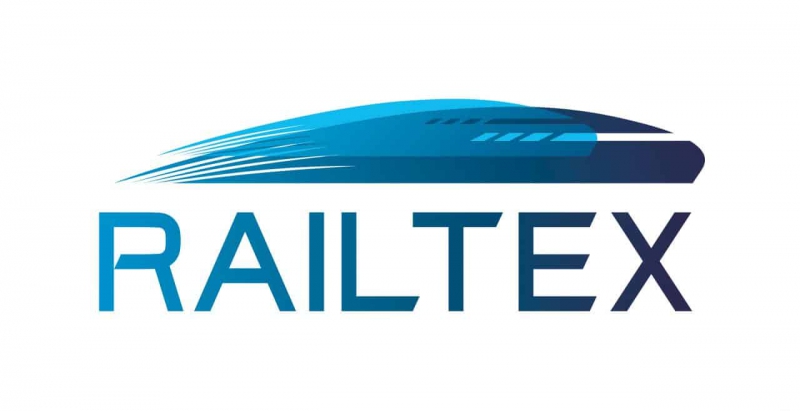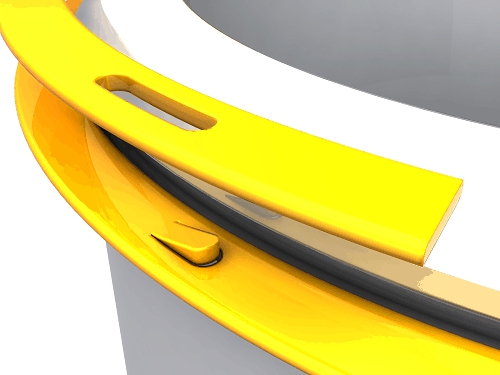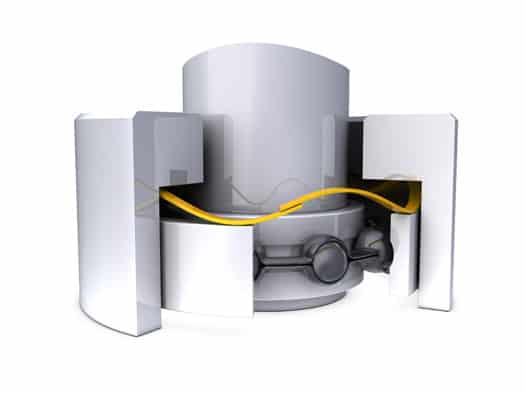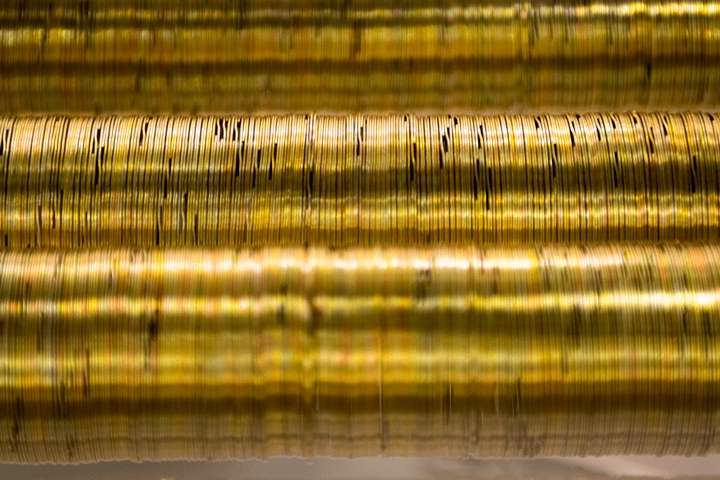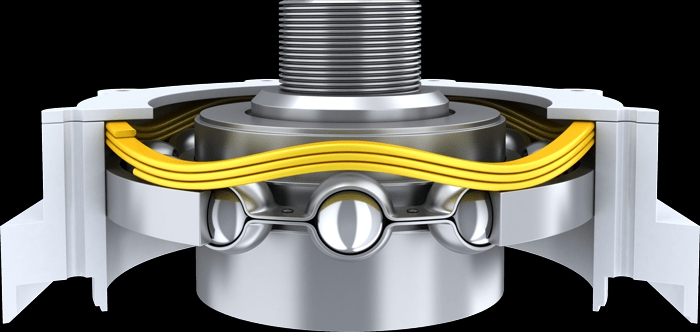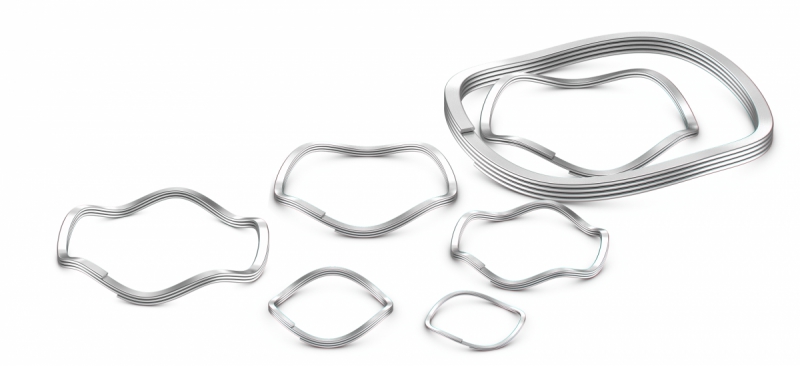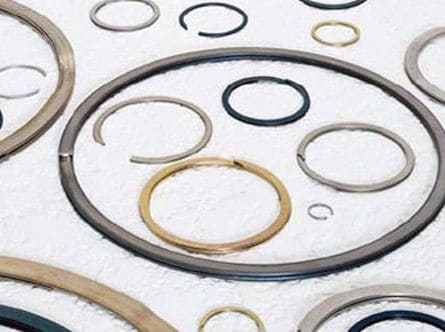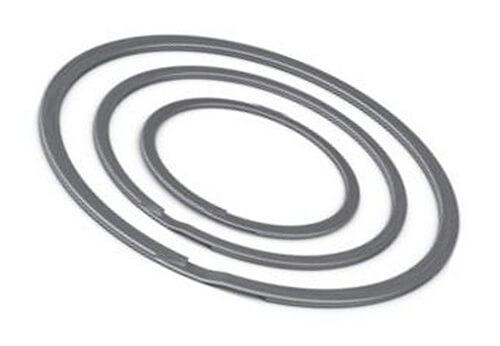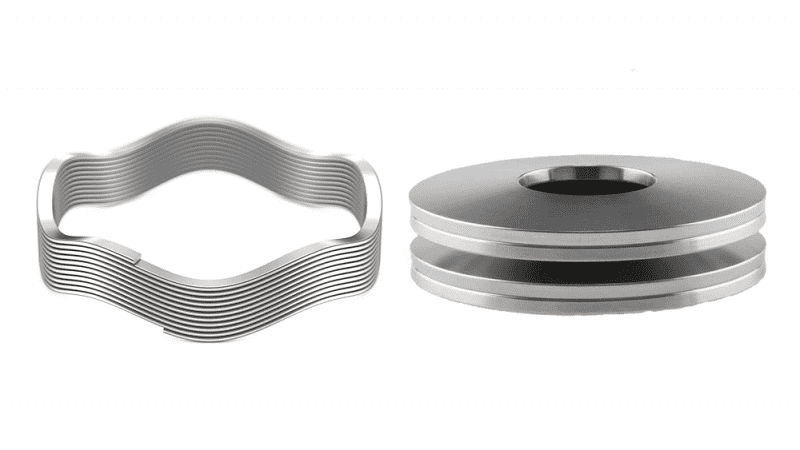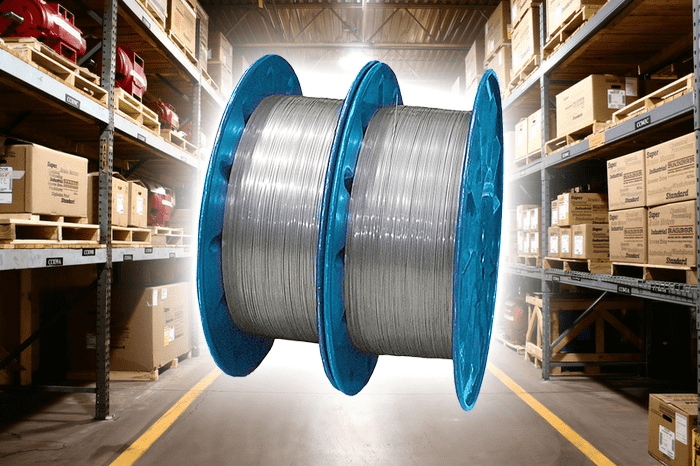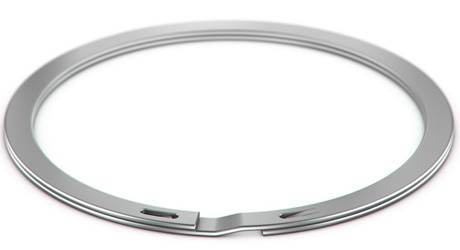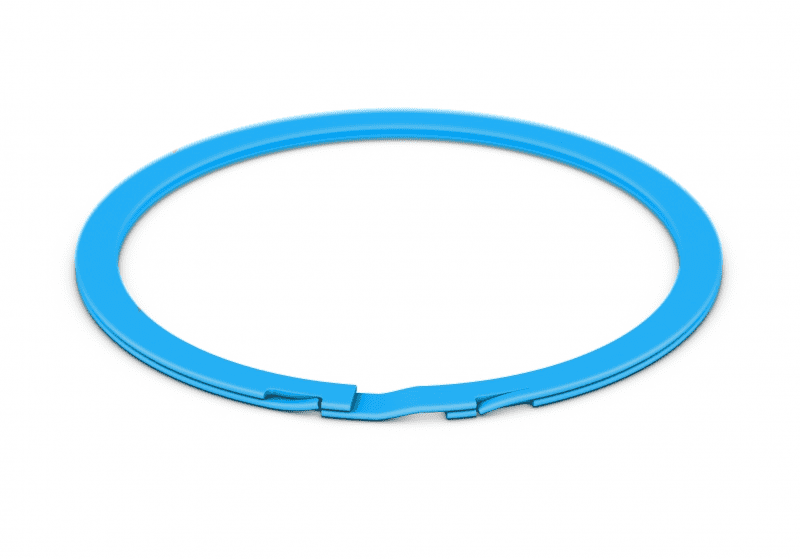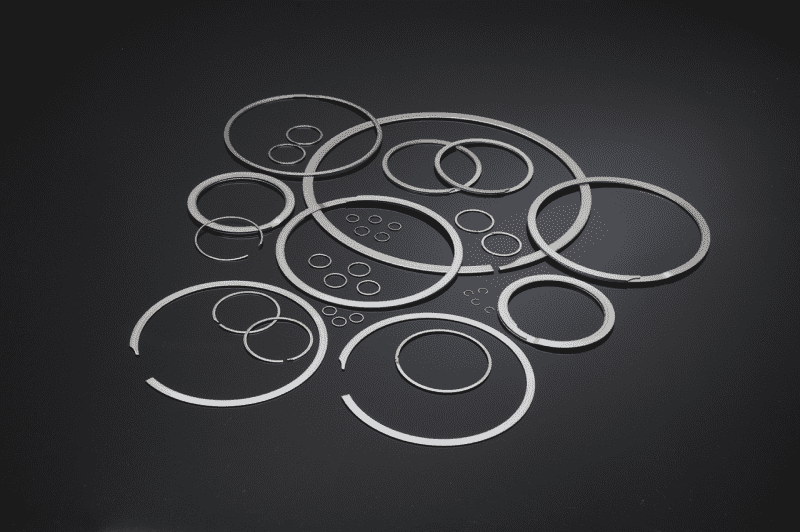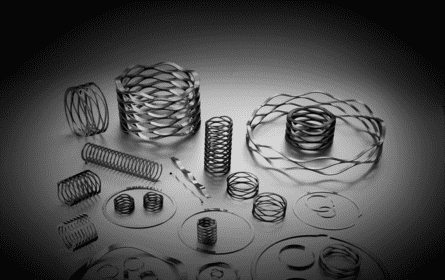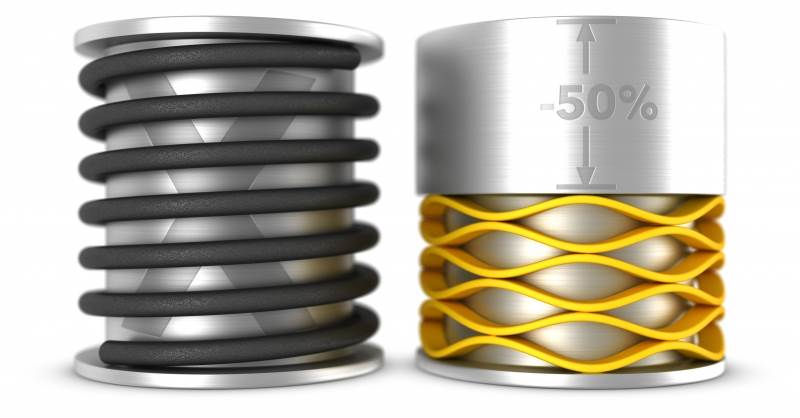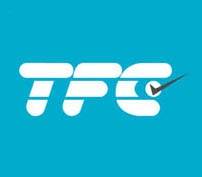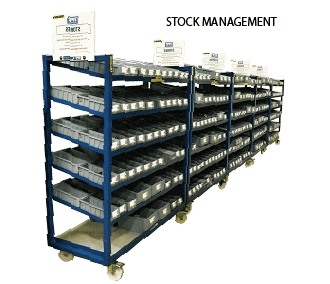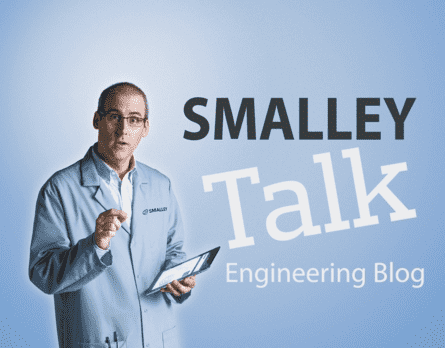- Contact 0870 350 7767
- |
- Advertise
Which Exotic Alloy is right for your application?
 News and PR from TFC Ltd - Published 11 October 2018
This week, our experts field some questions about material selection and how to know which exotic alloy to use in your application.
News and PR from TFC Ltd - Published 11 October 2018
This week, our experts field some questions about material selection and how to know which exotic alloy to use in your application.We are able to offer several materials that are ideal for sub-sea applications. Our AISI 316 stainless steel can withstand the corrosive effects of sea water but, for higher corrosion resistance we can also provide our Smalley products manufactured from Inconel X-750, Inconel 718 and Monel K-
500 as well as other optional materials.
I am working on a new project that requires all components to be manufactured out of nonmagnetic material and would like to know what my options are?
For applications requiring truly non-magnetic components we recommend using Beryllium Copper, Phosphor Bronze or A-286 stainless steel, depending upon the application. However there are other non-magnetic material available. Typically 302 and 316 stainless steels are thought to be nonmagnetic but they both become slightly magnetic due to the cold working process used to manufacture the flat wire.
Our Technical Engineers are on hand to discuss your exact application and to offer their recommendations.
My application requires that the retaining rings are plated for corrosion resistance. What types of plating options do you offer?
We can offer cadmium, zinc and nickel platings for our Smalley retaining ring products for corrosion resistance as well as zinc phosphate and black oxide for moderate corrosion resistance. It
is important to consider the type of retaining ring where plating is involved because, if the ring has multiple turns (or spirals), it can be difficult and expensive to ensure the plating fully covers the surface between the turns. In these cases we recommend manufacturing the rings in a corrosion
resistant material such as 302 or 316 stainless steel. If higher temperatures are a concern, consider using 17-7 stainless steel, A-286 stainless steel or Inconel.
For more than 40 years,
TFC has been growing to become one of the industry leaders and suppliers of retaining rings, constant section rings and wave springs. Whether you require a standard or custom solution, our dedicated team of engineers can design a solution for your target application
performance.
Call our Technical experts now on +44 (0)1435 866011 or e-mail [email protected]
Other announcements from TFC Ltd
-
RAILTEX 2019
In our industry, it’s vital to keep moving forward; to constantly innovate and to allow your clients and customers to do the same.
13 May 2019
-
Application Spotlight: Self-Locking Rings in Automotive Applications
TFC offers an array of standard retaining rings for different automotive applications. Selecting the appropriate ring requires an understanding of the application requirements, which includes thrust load, groove dimensions, and many others. If your application rotates at high speeds, the rotational capacity of the retaining ring will be important to consider.
05 Apr 2019
-
Application Spotlight: Wave Springs for Bearing Preload
What is bearing preload? When assembling individual bearing components, the outer race, inner race, balls, and retainer all work together so that there is a controlled amount of internal clearance be
14 Mar 2019
-
Our Finishes for Retaining Rings and Wave Springs
Whether you need added corrosion resistance or simply want to change the appearance of your part, we can offer a wide range of finishing processes to ensure that your retaining rings and springs perform the way that they need to in your application. Below is a list of some of the more common choices that we have available.
01 Mar 2019
-
Applications – Nested Spirawave® Wave Springs
Our new Nested Spirawave® Wave Springs can be used in applications across many different industries. They are used to replace a stack of single-turn wave springs or when a single-turn spring cannot produce the forces necessary within an application. Below are just a few examples of how nested springs can be used.
08 Feb 2019
-
Introducing our newest Wave Spring Series: Nested Spirawave® Springs!
We are proud to announce the first standard line of nested wave springs on the market. They will now be available from stock in carbon and 17-7 PH stainless steel from .500 to 4″ or 16 to 100 mm. View the new range.
25 Jan 2019
-
Colour variations in materials
Smalley retaining rings and wave springs can be manufactured in many different types of alloys. Each of these materials has specific properties which make them appropriate for use.
06 Dec 2018
-
Product Spotlight: Smalley Internal Retaining Rings
Internal retaining rings act as a removable shoulder within a bore/housing.
01 Oct 2018
-
Three reasons why Wave Springs are a great alternative to Disc Springs
Disc Springs, also known as Belleville Washers, along with die-stamped Wave Washers, are commonly used in high load engineering applications such as clutches and valves. However there are some major problems involved in their manufacture that makes TFC's Smalley Wave Springs a preferred choice for some engineers.
13 Aug 2018
-
Material Update for Our Smalley Products!
Industrial Grade MP35N has recently been added to the expansive list of materials with which our Smalley flat wire products can be manufactured. This unique material was added because its superior strength and corrosion resistance make it an ideal option for our Aerospace, Medical and Petro-Chem customers.
26 Jul 2018
-
Smalley Self-Locking Rings Product Spotlight
Our familiar and popular Smalley Spirolox® Retaining Rings can also be manufactured with a unique self-locking feature that make them ideal for applications where high rotational speeds are involved or, where the effects of vibration, rapid acceleration or impact loading is problematic.
06 Jul 2018
-
High-Speed Electric Motor Demands Superior Retaining Ring Products
Our engineers were faced with a problem when asked by one of our leading automotive electric motor OEM's to supply a 33mm external retaining ring capable of withstanding rotational speeds in excess of 17,000 rpm.
19 Jun 2018
-
-
FAQ: TFC's Smalley Ring & Spring Products
Frequently asked questions on TFC's Smalley parts.
06 Mar 2018
-
Wave Springs FAQ
Frequently asked questions about Smalley Wave Springs Compared with a helical coil spring with the same deflection, can Wave Springs offer the same load level or higher? Yes, the load at a given operating height is determined by several factors such as material thickness, number of waves and the number of turns (coils). These factors can be modified to provide a spring with a higher spring rate or one that functions similarly to a helical coil spring. Our technical sales team can provide assistance to help identify the correct wave spring for your application.
26 Jan 2018
-
Why should I consider using ARaymond™ Quick Connectors?
ARaymond™ Quick Connectors simplify assembly operations because of their simple operation and their accessibility.
17 Nov 2017
-
Need to reduce your material handling costs?
We can help you gain control and accountability of your stores.
17 Nov 2017
-
What's the difference between internal and external Spirolox retaining rings?
Welcome back to Smalley Talk, where our engineers answer commonly asked retaining ring and wave spring design questions.
28 Feb 2017
-
The Smallest Wave Springs on the Market
TFC have been the leading European supplier of Smalley spring products for almost 40 years...
28 Feb 2017





